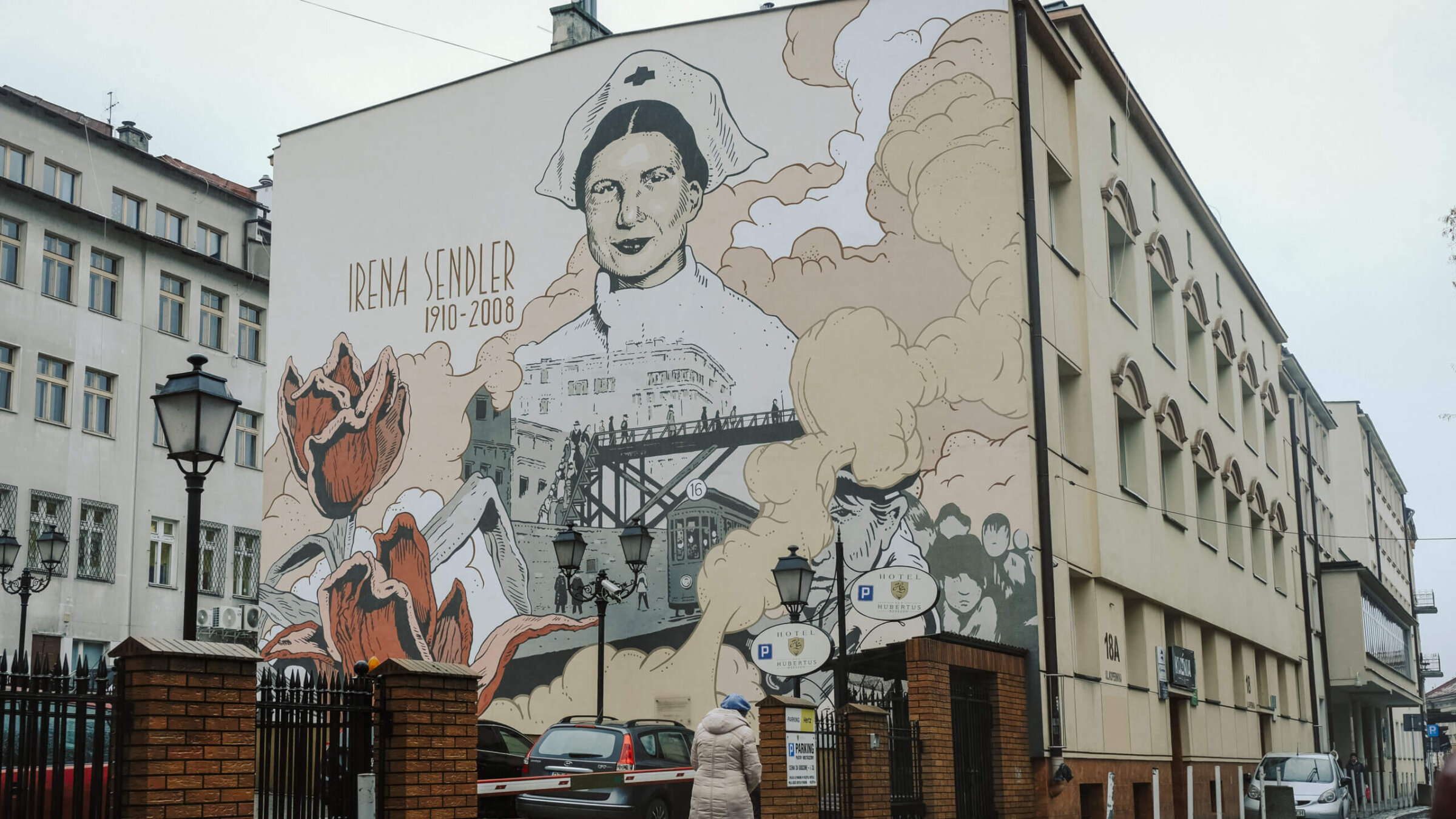How the horrors of WWII turned the righteous into heroes
It is a truism of Holocaust rescue stories that the rescuers didn’t conceive of themselves as heroic. “What have I done that is so special?” Adolf Althoff, a German circus owner who sheltered Jewish performers, asked after World War II. Althoff and others insisted that they acted as any normal, decent person would under the circumstances.
The circumstances themselves were extraordinary, the perils extreme. The diverse rescuers in Richard Hurowitz’s history, In the Garden of the Righteous, braved arrest, torture, even death. They ranged from diplomats who offered life-saving visas in defiance of their own countries’ policies to resisters under Nazi occupation who knew that each day of subterfuge could be their last.
After the war, appreciation of their deeds was curtailed by guilt and lingering antisemitism. Many rescuers struggled with poverty and professional disgrace. But those they helped didn’t forget them. The subjects of Hurowitz’s book were honored by Israel’s Holocaust memorial, Yad Vashem, as “Righteous Among the Nations,” a designation reserved for non-Jews that now encompasses more than 27,000 people.
Hurowitz isn’t a Holocaust scholar. His website describes him as a writer, investor and publisher of a magazine of ideas called The Octavian Report. But he has done an impressive job of researching and telling these invigorating stories. His greatest contribution has been tracking down children and grandchildren of the rescuers, as well as Holocaust survivors, who offer intimate accounts of what these rescue missions meant, and the costs they exacted.

A mural of Irena Sendler, a Polish humanitarian who served in the Underground Resistance during the German occupation, in Rzeszow, Poland. Photo by Getty Images
more...
